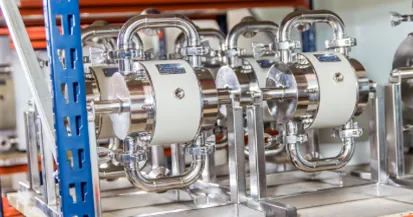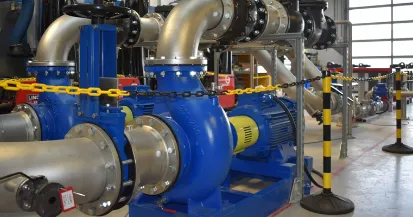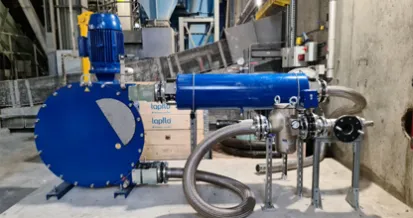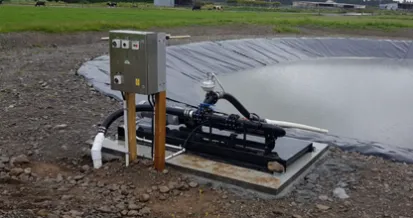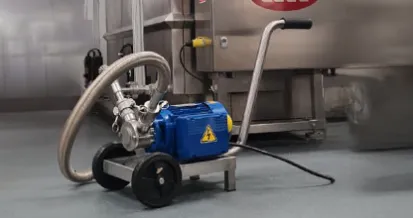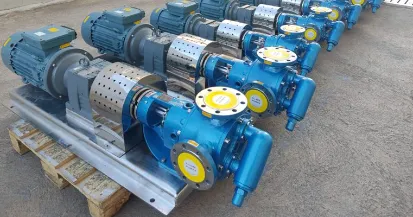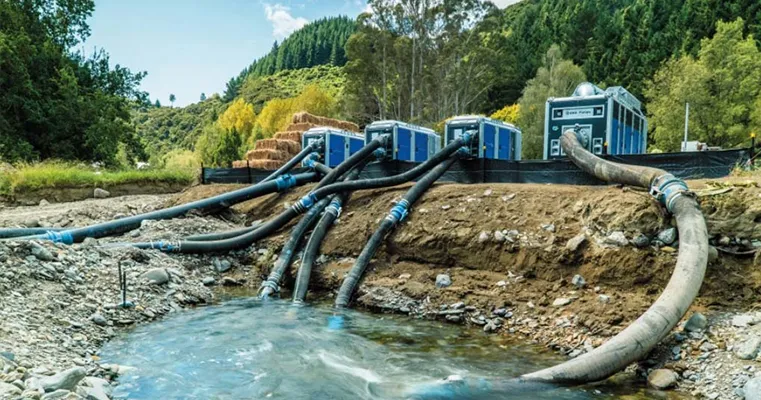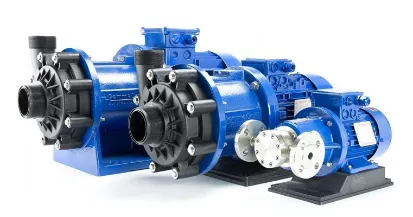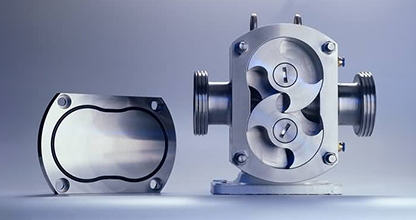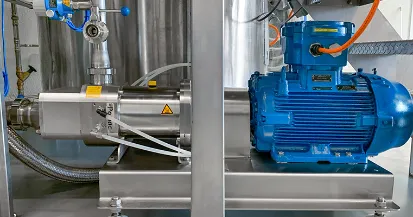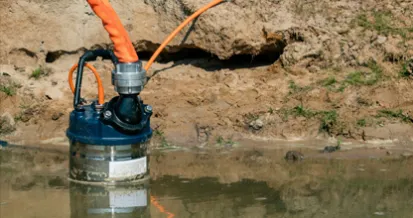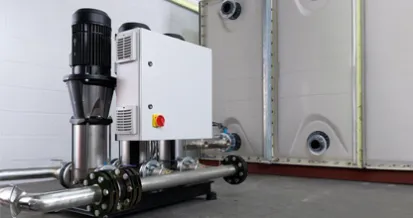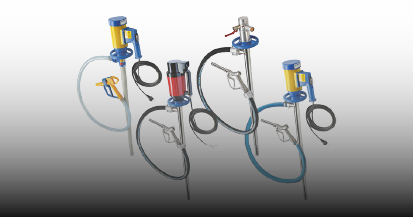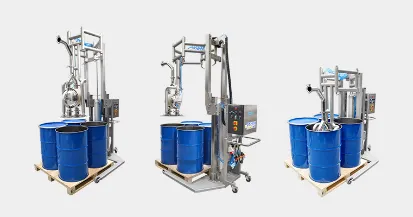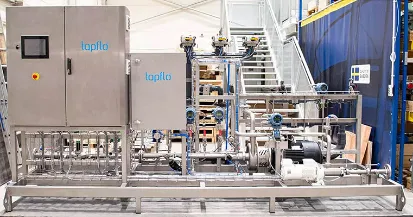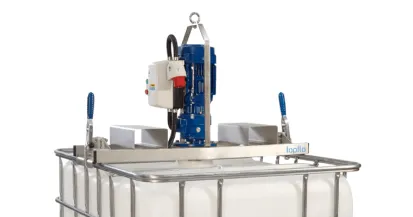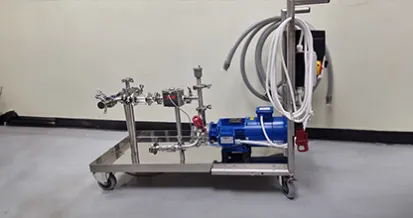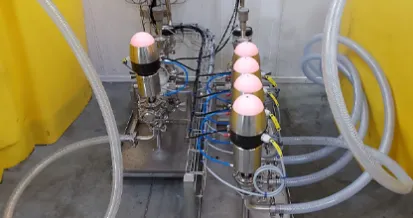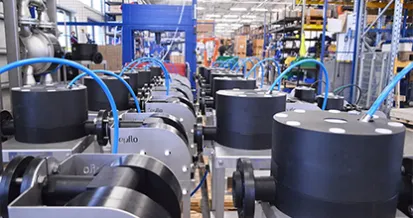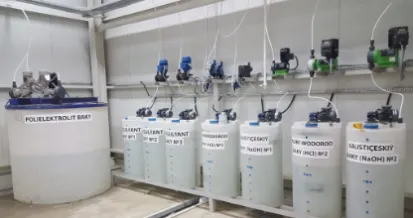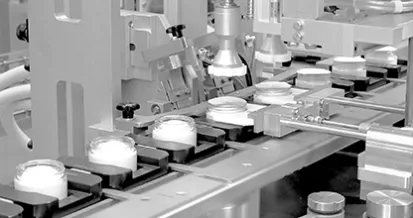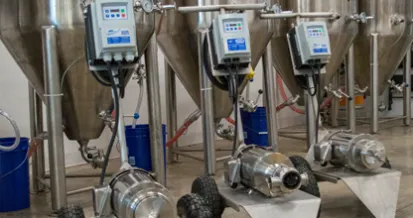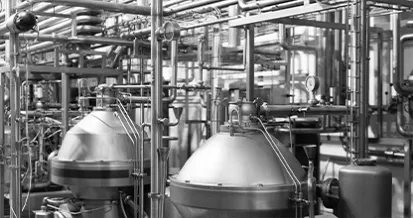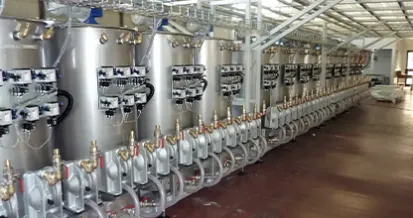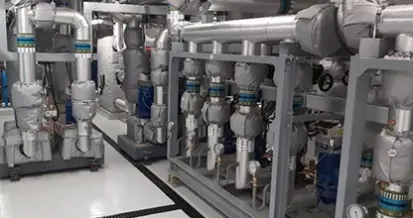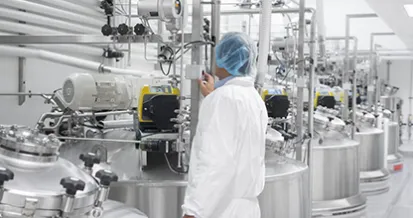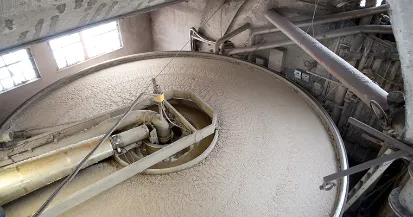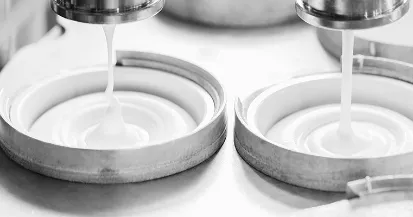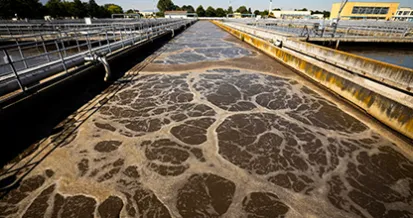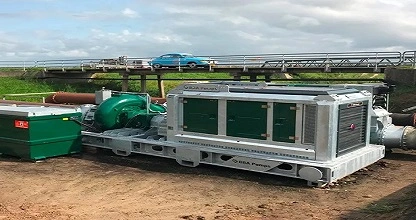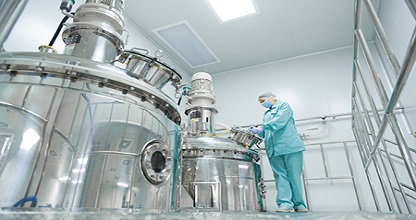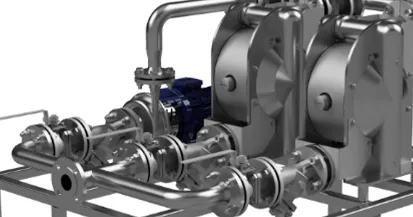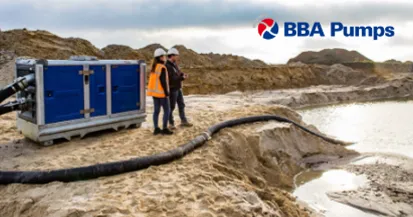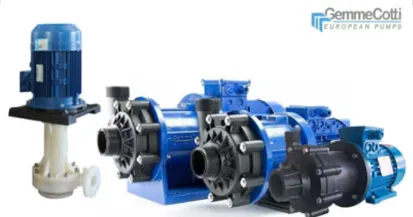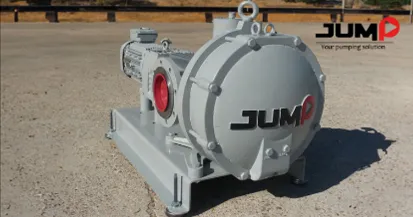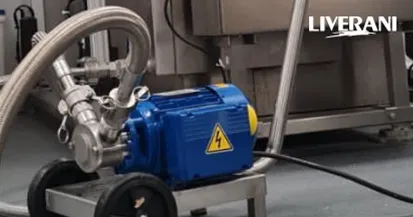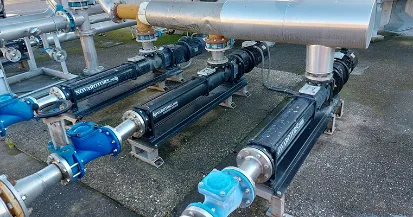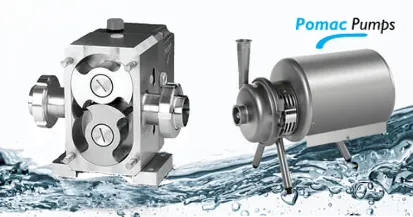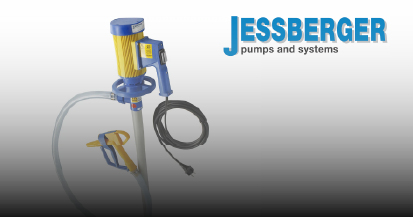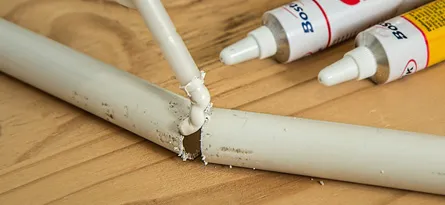Searching for a Glue Pump isn’t a straight forward answer for every customer as different types of glue mean different viscosities, and with glue being so sticky, can it be pumped? Keep reading for all the information you need on pumping glue!
Can I Really Pump Glue through a Pump?
Yes! Pumping glue is considered a black art, but in practice, if you know what you’re doing and put the right measures in place you can achieve great results. The two main types of pumping technology that Tapflo would recommend as a Glue Pump are Diaphragm Pumps or a Lobe Pump. Both are Positive Displacement Pumps and have a range of individual benefits.
What's the Most Important thing to Remember when Pumping Glue?
When pumping glue, there are two main points to remember: firstly, you have to ensure you don’t allow the glue to set in the pump. As you can imagine, that will cause the pump to stop and require a full strip-down and clean – with stronger glue it could result in the pump being beyond economical repair. Glue normally sets when it’s exposed to the atmosphere for extended periods of time, or in some cases when the pump turns off with a full chamber.
The second point to remember is that the thicker the product, the harder it is to prime (getting the product into the pump), so you need to ensure when creating your process that the pump is under a flooded suction condition (i.e. the product will be forced under its own weight/gravity into the feed of the pump – helping to ensure maximum flow is achieved).
What’s the Maximum Centipoise of Glue a Pump can Handle?
The maximum centipoise of glue you can pump depends on a few factors – installation and the pumping technology used. The flow of a Diaphragm Pump will drop off by up to 80% at 20,000 CPS, and will decrease the life of the working parts by up to 50%. For a Glue Pump handling over 5,000 CPS, we would always recommend using a Lobe Pump, as these are suitable for products upwards of 500,000 CPS. This is based on the way the pump works compared to a Diaphragm Pump.
Glue Pump Case Study
Tapflo is a big player in the manufacture of adhesives in the UK market; we supply all the big names up and down the country with pumps for Glue production and application.
Application details:
- Product: Glue
- Viscosity: 2,000 CPS
- Temperature: Ambient
- Flow Rate: 110LPM
- Head Pressure: 2 Bar
- Pipe Size: 1 ½”
- Suction: Flooded from a 2000L Tank
Pump Specs:
- Pump Model: TX220 XTTS
- Description: 1 ½” Air Operated Diaphragm Pump in aluminium with PTFE lined internals.
| Part description and part number | Material description |
| Housings PTFE | Coated Aluminium |
| In/outlets | Stainless steel AISI 316L |
| Diaphragms | PTFE TFM |
| Valve balls | Stainless steel AISI 316L |
| Valve seats (integrated into housings) | PTFE Coated Aluminium |
| Centre block (not wetted) | PP (polypropylene) |
| Air valve (not wetted) | Brass/NBR |
General data:
| Inlet connection | 1 ½” BSP (female) | General performance curve |
| 3” BSP (female) | 1 ½” BSP (female) | |
| Air connection | ½” | |
| Max discharge pressure | 8 bar | |
| Max air pressure | 8 bar | |
| Temperature range | -20°C – +100°C | |
| Weight | 38 kg | |
| Dimensions (L x W x H) | 270 x 280 x 422 mm | |
| ATEX details | ATEX compliant |
This pump was chosen due to the PTFE coated aluminium offering great non-stick properties, whilst still being a cost-effective solution. The pumps been in operation for over 6 months and have required no maintenance or downtime!
Get in touch today for advice on pumping glue or any other products!

